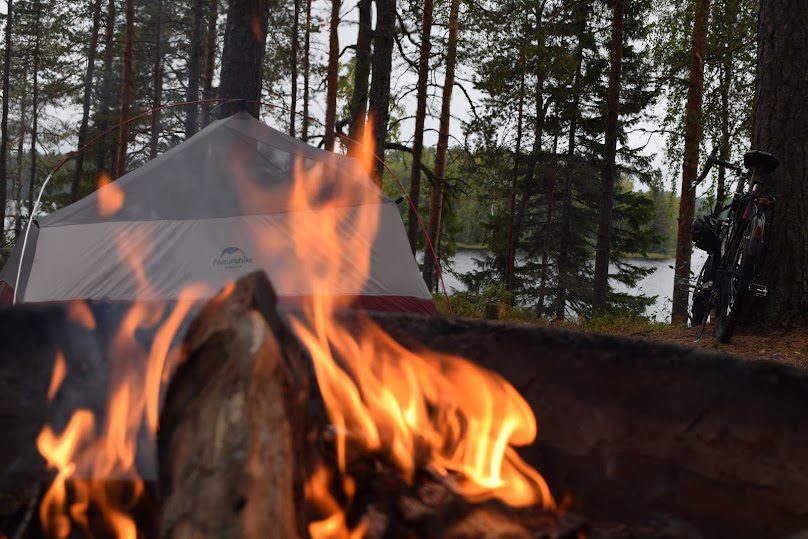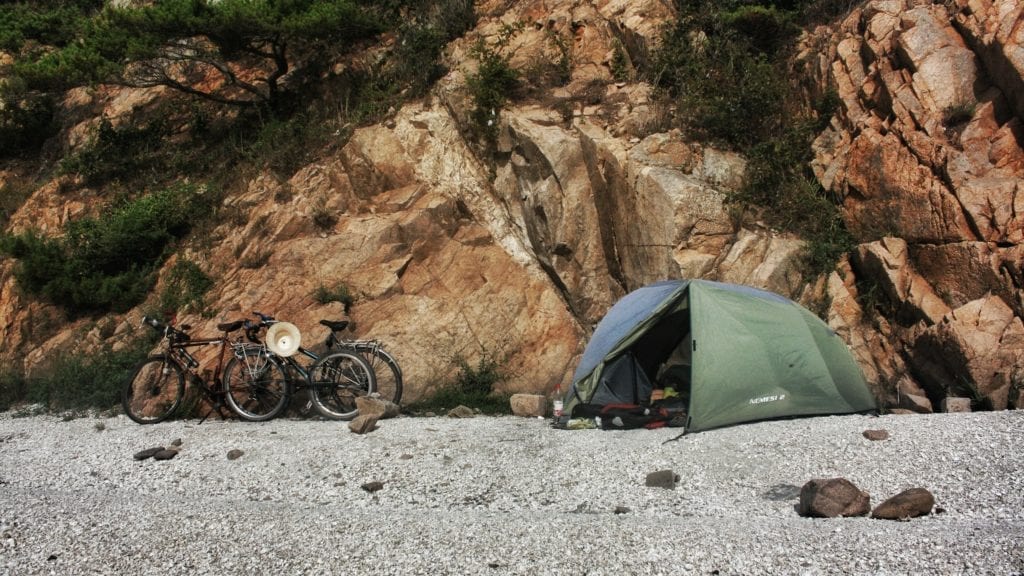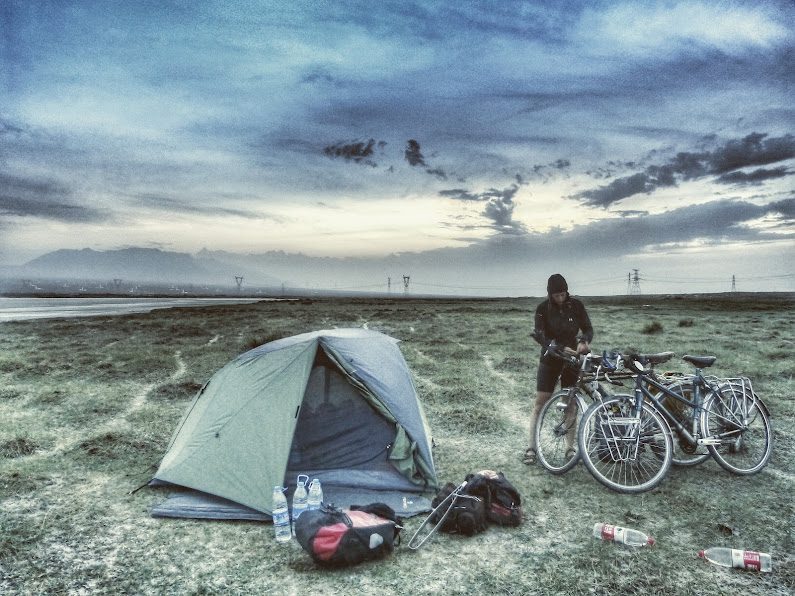Last Updated on 14 June 2024 by Cycloscope

3 Season vs 4 Season Tents. What are the differences? What tent is best for winter camping? Characteristics, pros & cons of 4 seasons tents VS 3 season tents
3 season VS 4 season tent, what should you go for?
Well, it depends on a lot of factors: where are you going? How many days are you camping outside? How will you carry your tent (backpack, bikepacking, car-camping)?
But the most important certainly is: what are the highest and lowest temperatures you’ll be camping at? How cold can it go?
In this article, we’ll give you all the guidelines you’ll need to pick the right tent for your needs.
3 season tents vs 4 seasons: what’s the difference?

All tents that are not marketed as 4-season tents are considered 3-season tents (there’s no such thing as a two-season tent).
That means most camping shelters are 3-season tents, and there’s a reason for this, 3-season tents are almost always sufficient to keep you at a comfortable temperature when paired with the right sleeping bag and camping mat.
3 season tents are built to keep up with normal weather conditions: moderate wind, light hail, chilly temperatures, and heavy rain downpours.
4 season tents are basically winter tents. Designed to withstand extreme weather, storming winds, and freezing temperatures.
A four-season tent can support heavy snow loads, it is built to resist gusting winds and even sand storms.
Three-season tents tend to be as light as possible, at the cost of some strength and protection from the elements, while 4 seasons tents are generally heavier and bulkier, that added material is what is needed to save your ass at -30C.
The waterproofness is often similar in high-end 3-season tents, so don’t worry too much about rain, if you’re going in the tropics in the wet season you won’t need 4 seasons to keep you dry.
4-Seasons Tents: technical construction

Being designed for such things as arctic expeditions, four-season camping tents feature the most technologically advanced materials and thus are more expensive.
The walls are always mesh-free, which means very little ventilation (another reason to stick to a 3-seasons if not going into the depths of winter).
A thick bottom floor sheet, a fly sheet that is tear-proof and acts as an insulator, and sturdy poles with several anchor points are other universal characteristics. The fly sheet also usually goes all the way down to the floor, creating an insulation chamber between itself and the inner tent.
Four-season tents are almost always free-standing for it’s difficult to plant solid stakes in the snow. The stakes indeed are often specially built for snow and ice.
3-Seasons Tents: technical construction
As opposed to 4 season tents, not all three seasons are created equal. Some 3-season tents are more suited for cold climates, some are just for warm temperatures.
The characteristics you should look for are those just mentioned in the paragraph above about 4-seasons:
- Mesh/no-mesh in the inner tent
No mesh means warmer but poor ventilation - Flysheet length and thickness
Longer and thicker flysheets keep the tent more insulated, but that means you could boil if it’s not cold enough outside
Verdict: 3-Season Tents VS 4-Season Tents
Although the quality, design, and materials of a tent make some difference in cold weather, make no mistake, what really keeps you warm during freezing camping nights is your sleeping bag (and your companion if you have any).
For most of the trips, a 3-season tent should be enough. With a decent sleeping bag, you should be able to stay warm down to 0°C, so if you don’t plan to venture into colder climates, you can go for a 3-season.
3-season tents are lighter and usually provide higher ventilation, if you plan to camp in really hot weather you’ll faint and be covered in sweat inside a 4-season tent.
But not all is bad about 4-season tents, if your average night temperatures are below 15°C, a 4-season will just provide a comfortable sleeping environment, without you needing to wear too many clothes.
So, there’s no real winner in the match 3 season VS 4 season tent, although three season tents are certainly more versatile and what most people should go for.
Check also
> 12 lightest 1-man tents for bikepacking
> 14 great 2-person tents under 200$
> 11 best budget lightweight sleeping bags
> 9 best double sleeping pads for camping
> The top sleeping pads and quilts for hammock camping
> Naturehike Tents REVIEW! 10 Tents Compared for 2024


